Russian Colonialism 101 is the first newsletter to shed light on Russian colonialism. It is part of the Volya Hub network, expanding global awareness of Russian colonialism.
hihi,
I am totally aware that silent movies are not everyone’s vibe. My husband dreads all the time when I try to make a silent movie night happen and I had to hide this passion of mine only until after we got married :) However, if you are not a fan either, for this one I promise it will be worth it to make an exception.
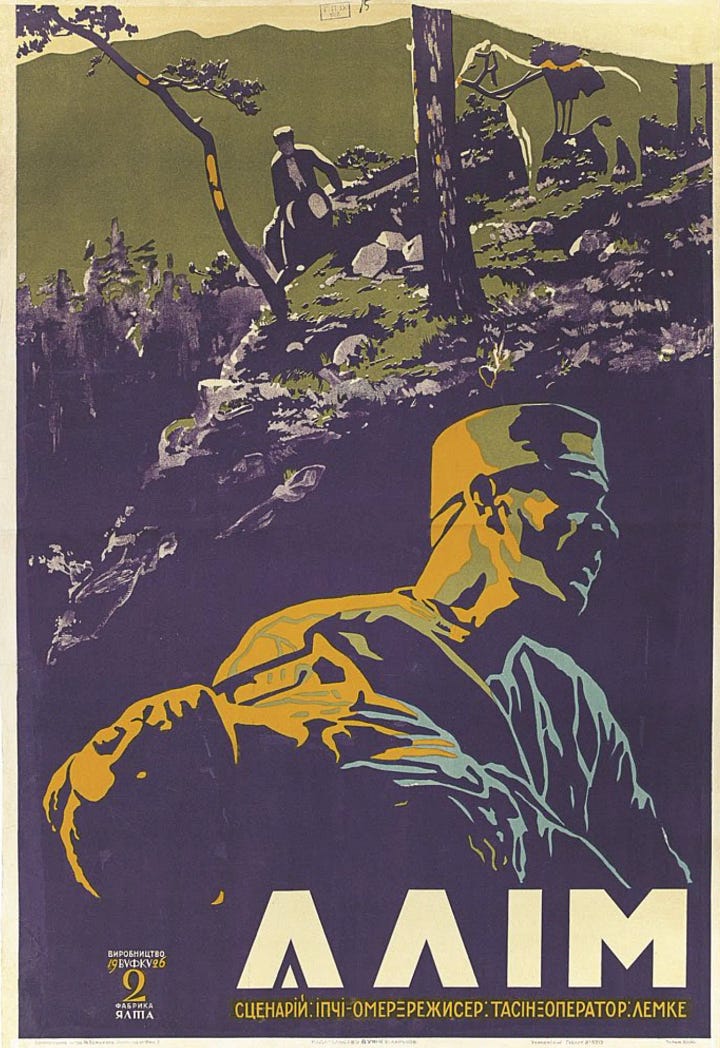
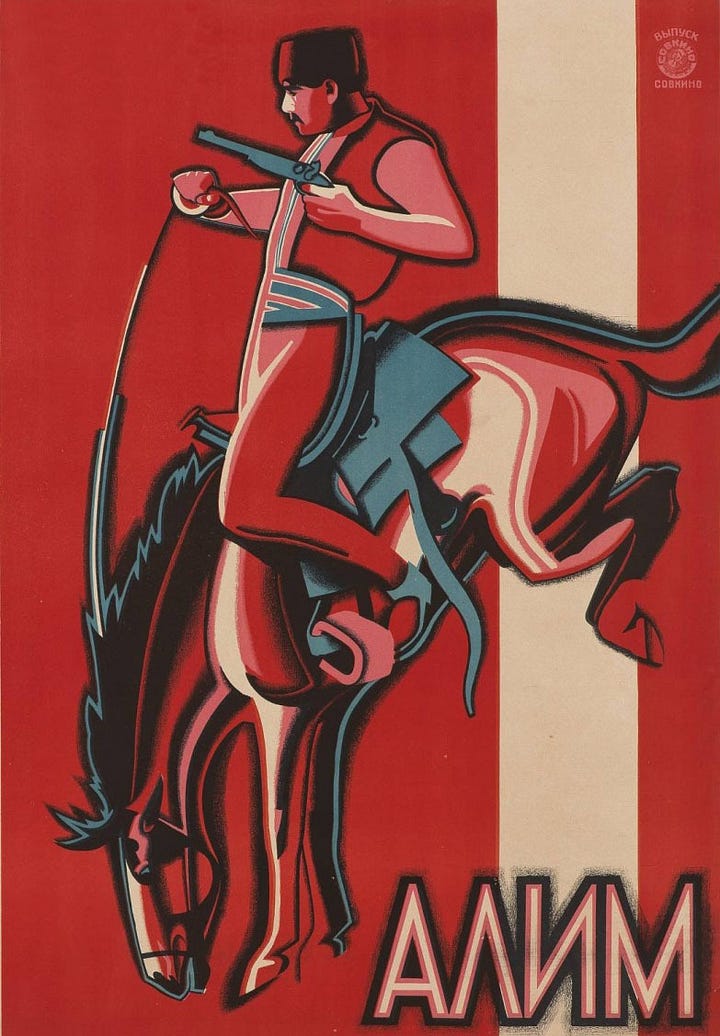
Alim (1926) is a gem of an ancient tradition of cultural solidarity between Ukrainian and Qırımlı indigenous artists. A prominent historian of Russian colonialism, whom I endlessly admire, Rory Finnin, has recently written an amazing book about this special cultural bond that Russia worked hard to break and erase.
This movie is the first Ukrainian Western to retell the story of a Crimean Tatar folk hero who stood up to Russian colonial authorities abusing, pillaging, and exploiting the indigenous people of Qırım. Apart from the storyline about Russian colonialism that remains as relevant as ever, the additional value of the movie is its rare aesthetics and the creators behind it. “Alim” shows you the authentic world of Qırım-Crimea, which was unfortunately completely erased by Russia's 1944 genocide of the Crimean Tatar people and the following aggressive settler colonialism.
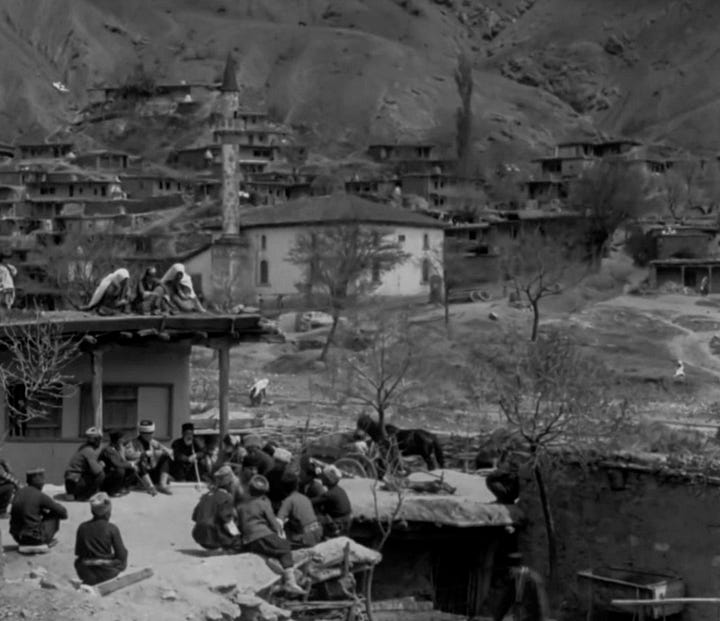
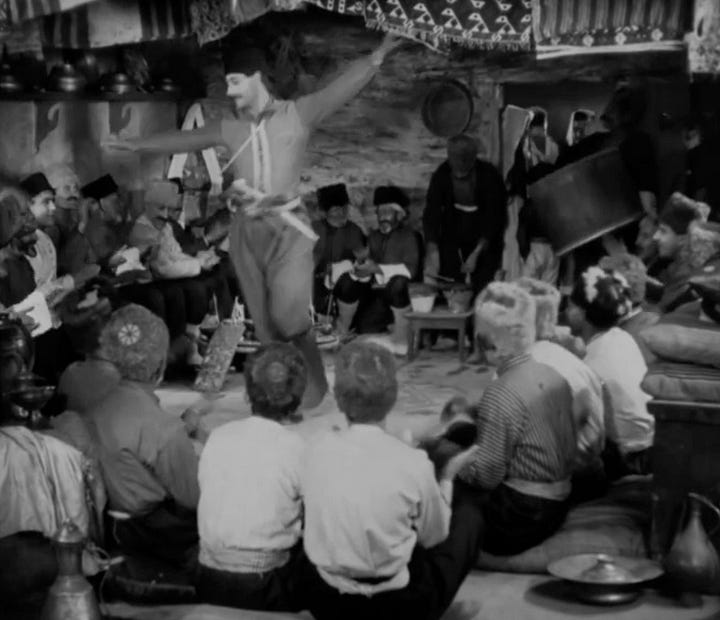
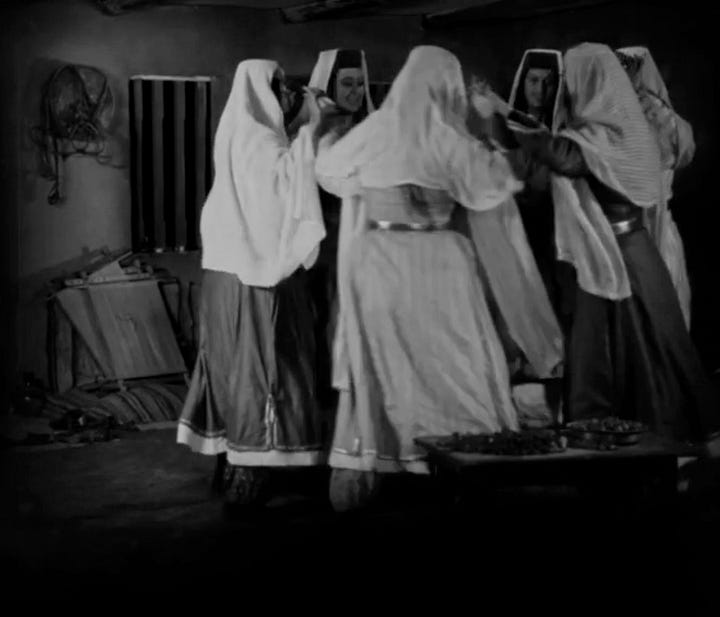
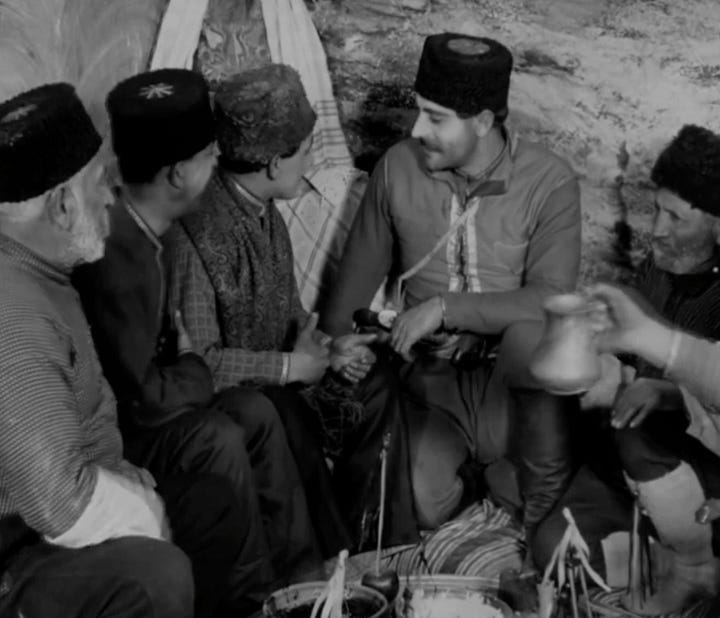
“Alim” is based on a play by a legendary Qırımlı writer Ümer İpçi, whom Russians sent to a concentration camp and then imprisoned in a psychiatric ward. In the 20th century, so-called “corrective psychiatry” was widely weaponized by Moscow to eliminate an endless number of indigenous artists and thinkers.
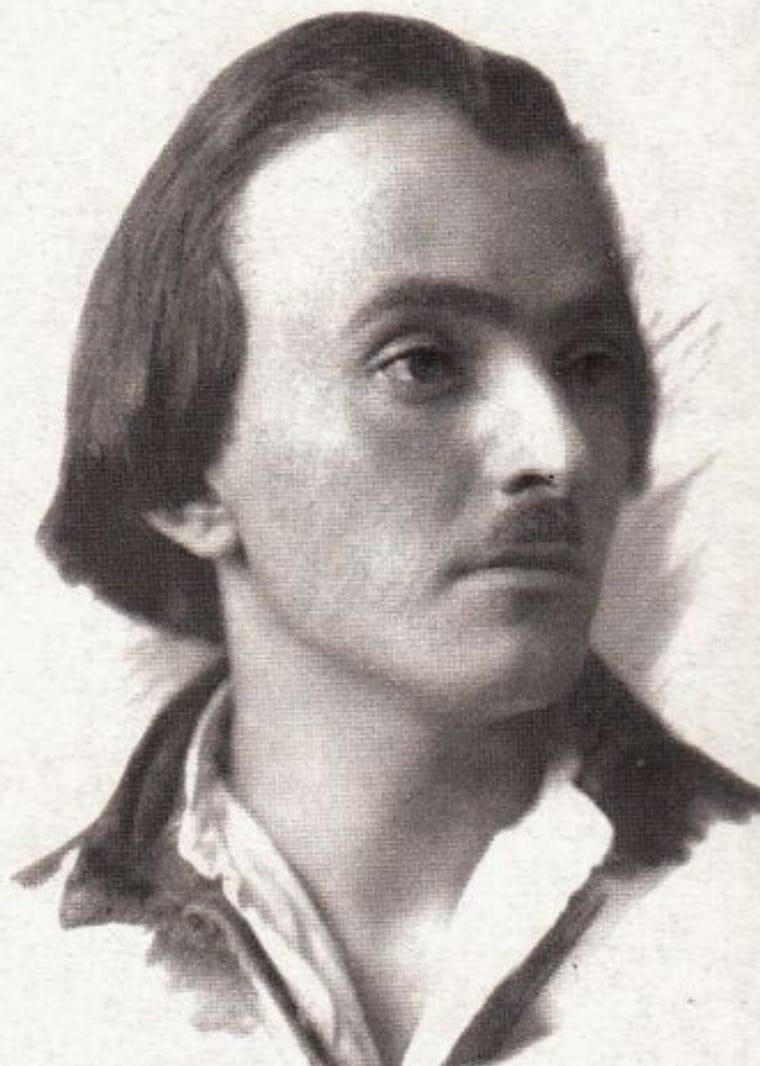
Mykola Bazhan, a genius of Ukrainian modernism, wrote the script based on Ipci’s play. He will later barely survive the Russia-committed genocide of the Ukrainian people, which wiped out the entire intellectual elite, too. But the price for it would be his artistic freedom. Several years ago, some of his earliest works were packaged into an amazing ‘Quiet Spiders of the Hidden Soul’ volume and published in English.
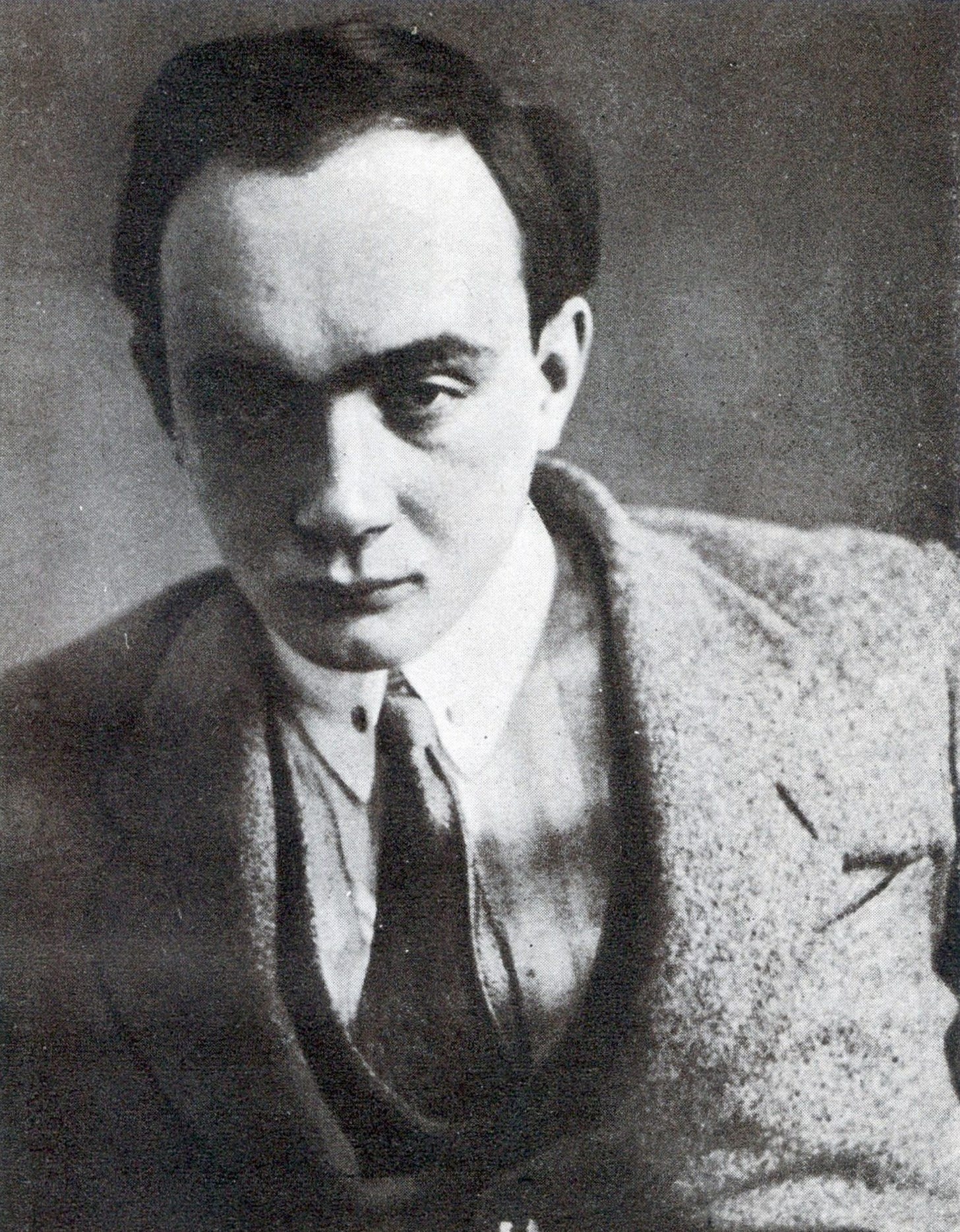
The main consultant for this movie was Üsein Bodaninskiy, the founding father of modern Qırımlı ethnography and the National Qırımlı Museum. Russians killed him in 1937 in the mass massacre of the Crimean indigenous intellectuals.
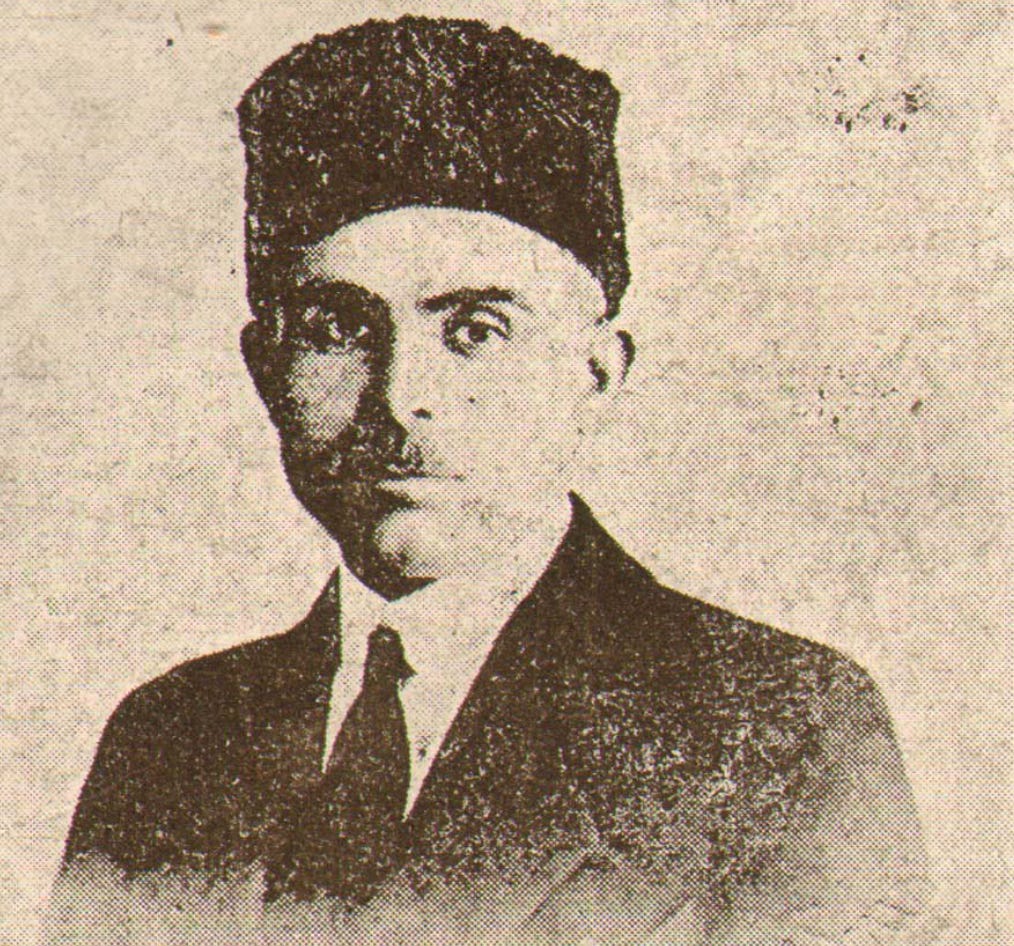
The movie’s main lead is Hayri Emir-zade, a legend of early Qırımlı cinematography and one of the most demanded (and hottest-looking) actors in Eastern Europe at the time. In the 1944 genocide, Russians deported him from Crimea and banned him from acting. He died in exile in the 1950s, and his grave is lost.
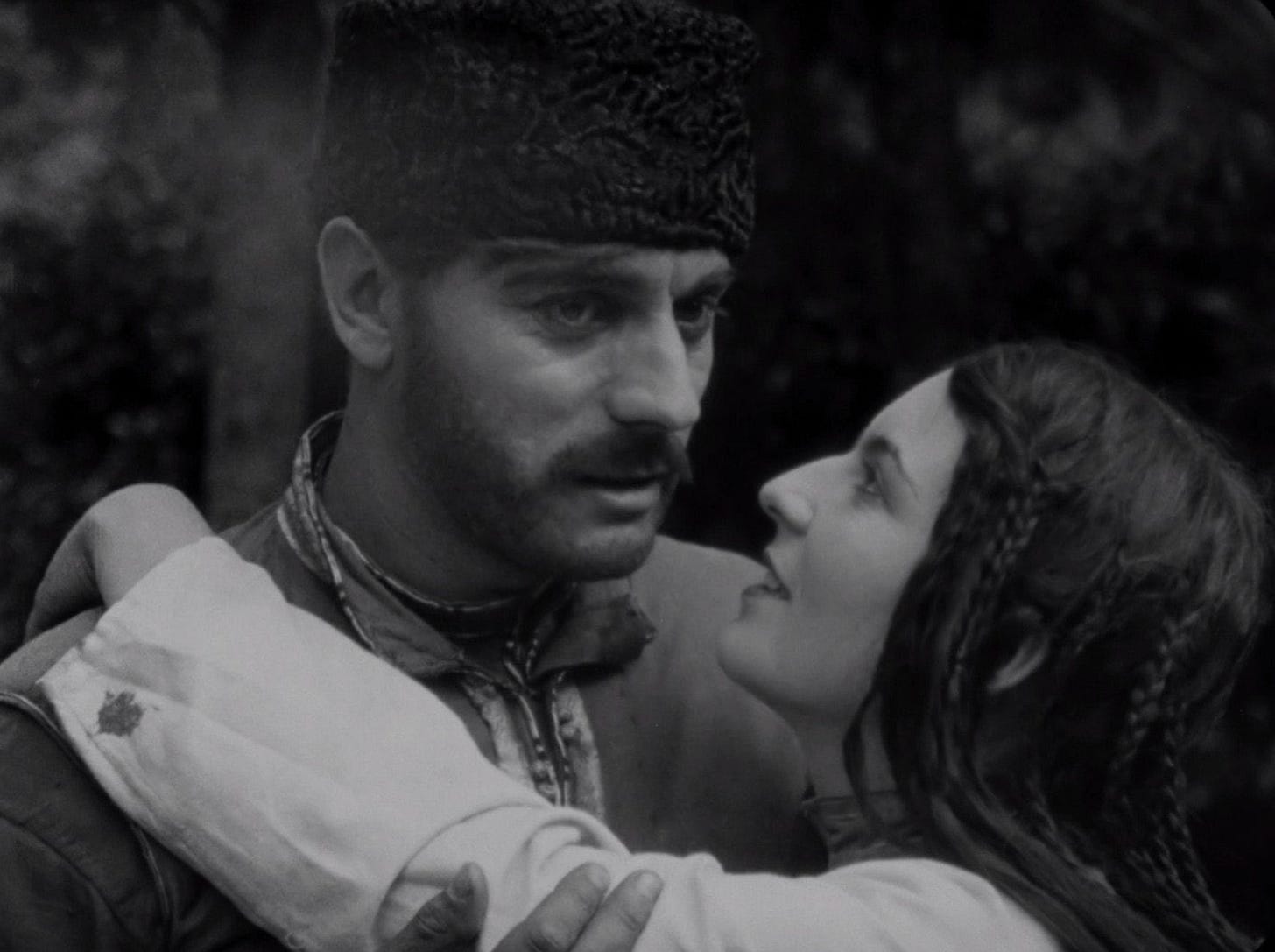
Russian colonial authorities banned ‘Alim’ in the 1930s and tried to destroy any remaining masters. In 2014, the Ukrainian government restored the original copy, and now you can buy and stream it with English subtitles here. It is now part of a streaming service launched by one of the world’s oldest movie studios, Ukraine’s Dovzhenko Center — this is the kind of catalog you won’t find anywhere else, and it is an amazing way to learn more about the glorious legacy of the Ukrainian cinematography (often appropriated by Russians.)
Russians really hated this piece of outstanding art and worked extra hard to erase the movie and its creators from existence. So, you will serve some justice by watching “Alim” and sharing it with friends.
Enjoy.
P.S. Do yourself a favor, and before watching the movie, check with auto-translation this brilliant thread by a Qırımlı art historian Ihor Khodzhaniiazov — for invaluable cultural and historical context.
the empire will fall 🪆🪓




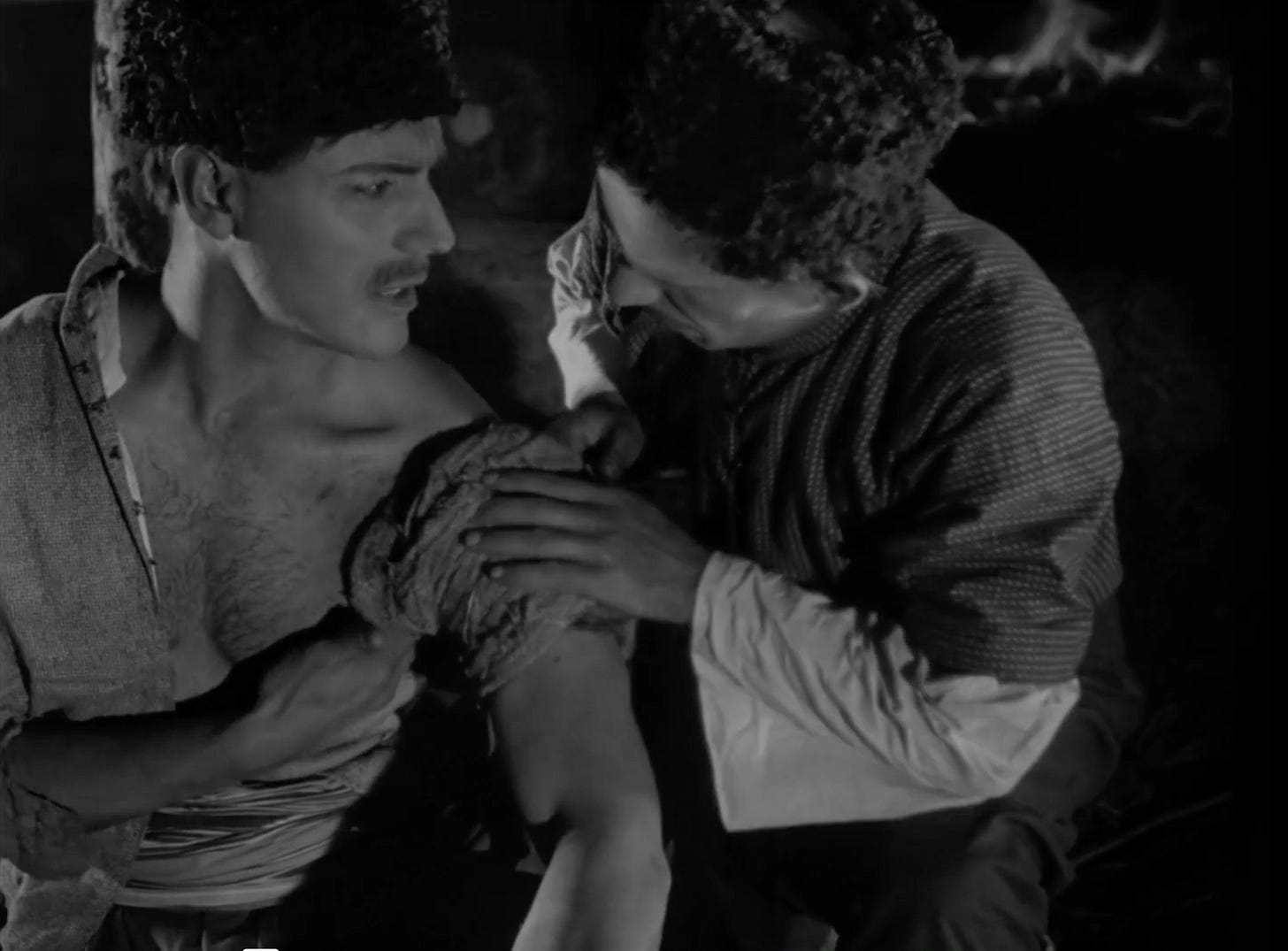
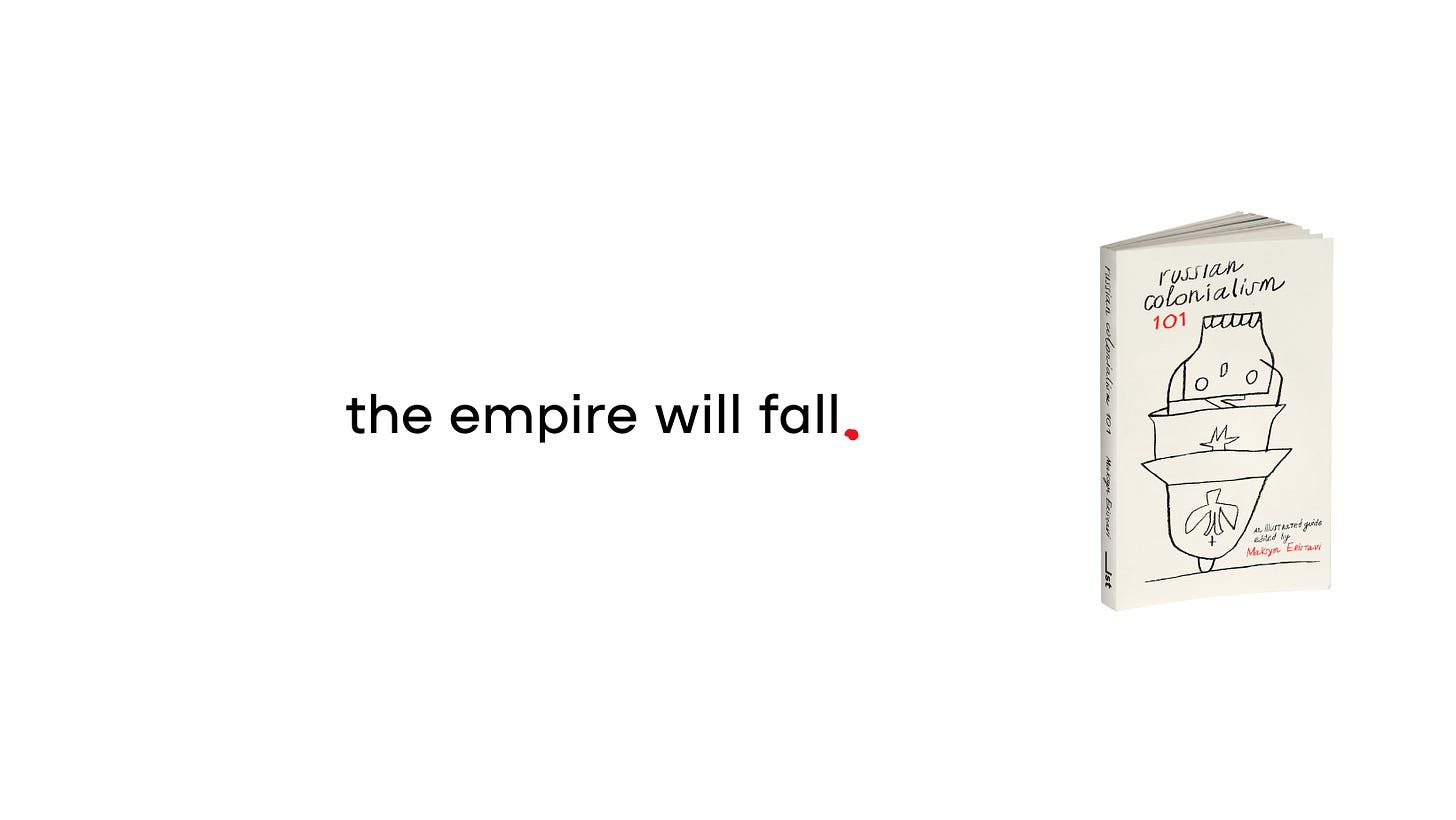
omg I had no idea this was available, thank you!!
Thank you!! Can’t wait to watch it!